Sri Lanka Dance forms
Sri Lanka is rightfully known as the "Wonder of Asia." Sri Lanka is a multicultural country which boasts of its unique nature as well as cultural heritage which enriches the richness of the country. The country boasts of various folk dances, today there are three distinct traditions of dances of Sri Lanka which differ from each other based on the costume, rhythm, and body movements. The three main classical dances of Sri Lanka include:
1. The Kandyan dances of the Up Country
2. Pahatha Rata Natum which are low country dances of the southern plains
3. Sabaragamuwa dances (Sabaragamuwa Natum)
Traditional Dances of Sri Lanka
1. Kandyan Dances
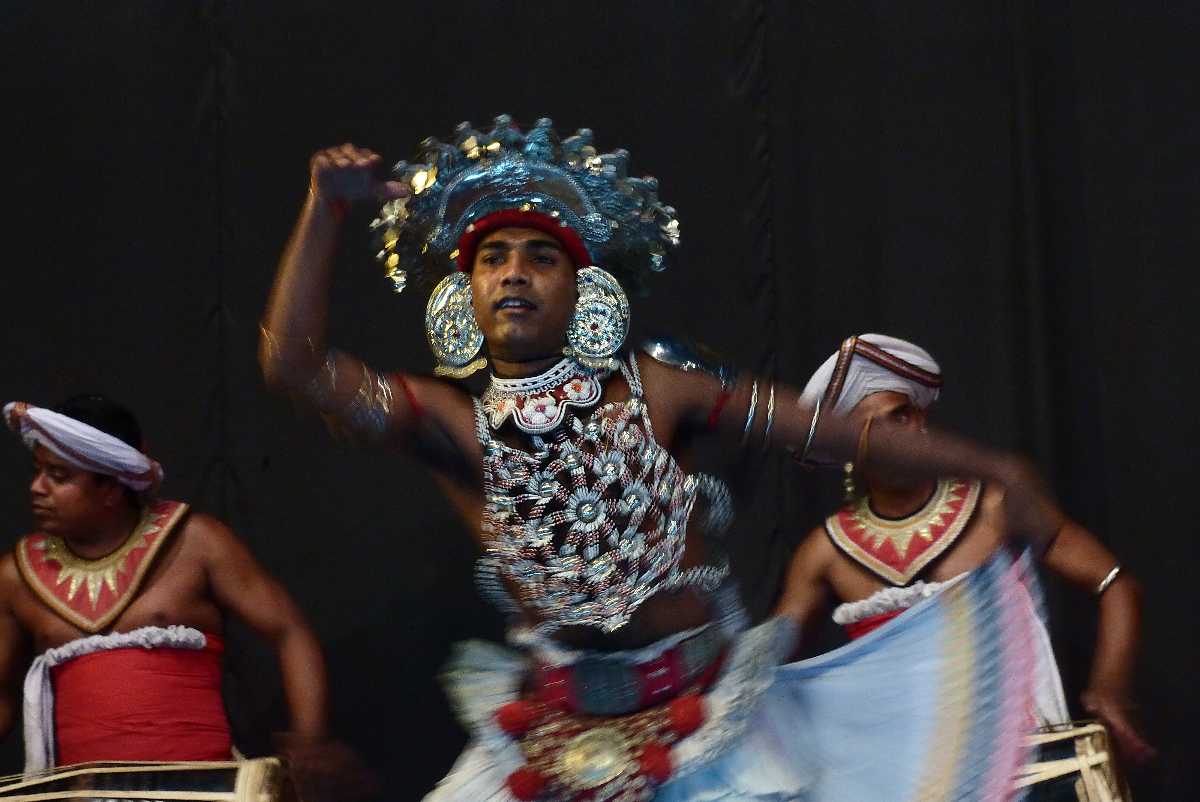
This dance of Sri Lanka is usually a performance which is the narration of stories from the ancient Indian epic Ramayana. The dancers impersonate the movements of different animals like elephants and peacocks. The dancers dance to the tune of the rhythm, which is known as 'Gata Beraya'. The striking feature of the dance form is the beautiful costumes. For instance, the men can be seen wearing skirt-like dresses in which their chest is decorated with exclusive silver regalia and stunning headgear. They also wear silver bangles on their arms and ankles.
2. Pahatha Rata Natum
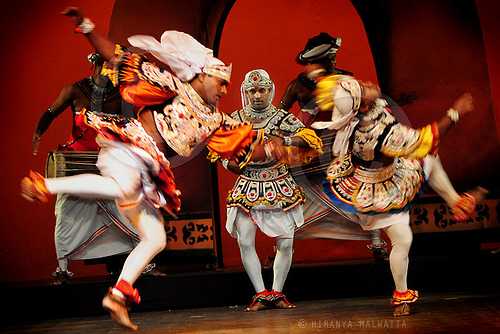 This Sri Lankan dance is performed to please the evil spirits and is commonly known as the 'Devil Dance'. In this form of dance, people use it to appease any sickness from their life. The dancers wear different masks, which depict many characters like birds, demons, and reptiles. This dance of Sri Lanka includes eighteen various dance forms which are used to exorcise the eighteen types of diseases from the human body.
This Sri Lankan dance is performed to please the evil spirits and is commonly known as the 'Devil Dance'. In this form of dance, people use it to appease any sickness from their life. The dancers wear different masks, which depict many characters like birds, demons, and reptiles. This dance of Sri Lanka includes eighteen various dance forms which are used to exorcise the eighteen types of diseases from the human body.3. Sabaragamuwa Dance
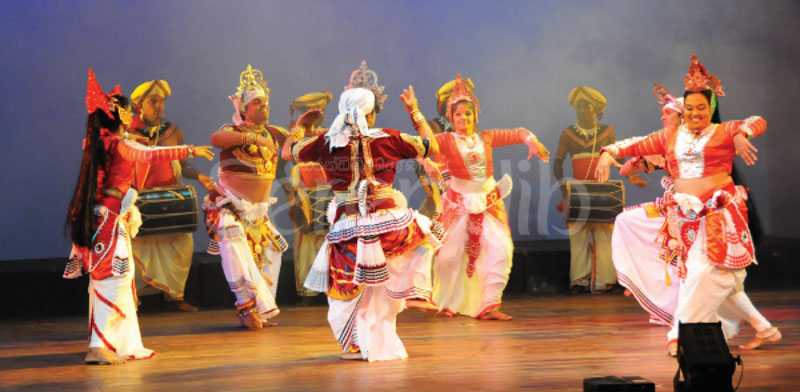 The Sabaragamuwa dance style of Sri Lanka is performed mainly in the region of Ratnapura with the primary purpose to praise and worship the God of Saman. The local people fascinatingly revere this dance of Sri Lanka. The dance style is a combination of Kandyan dance and the low country dance, allowing both male and female dancers to participate in the dance. There are in total 32 main dances of the Sabaragamuwa style
The Sabaragamuwa dance style of Sri Lanka is performed mainly in the region of Ratnapura with the primary purpose to praise and worship the God of Saman. The local people fascinatingly revere this dance of Sri Lanka. The dance style is a combination of Kandyan dance and the low country dance, allowing both male and female dancers to participate in the dance. There are in total 32 main dances of the Sabaragamuwa style4. Devil Dances
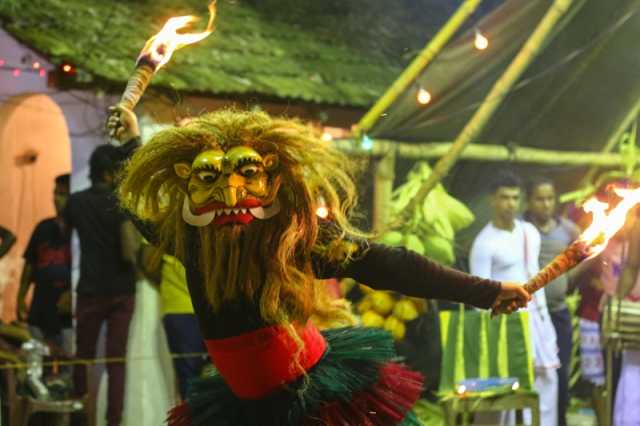 The primary purpose of the devil dance of Sri Lanka is to chase away any form of sickness or ailment, which is being faced by a family in a village. It is believed that the family or an individual is not doing well because some unseen evil that is harassing them. The devil dance takes place in the form of a pure spiritual ceremony in the house of the family or the individual who is facing the problem. The dancers wear masks and dresses of different characters to take part in individual processions and ceremonies. The dance rituals usually begin in the morning, and they may go on for several days. The dancers are also accompanied by drummers who take part at the beginning of the rituals. The entire ceremony lasts until the morning, with the dancers consuming betel-nut juice and drinking coke to stay awake.
The primary purpose of the devil dance of Sri Lanka is to chase away any form of sickness or ailment, which is being faced by a family in a village. It is believed that the family or an individual is not doing well because some unseen evil that is harassing them. The devil dance takes place in the form of a pure spiritual ceremony in the house of the family or the individual who is facing the problem. The dancers wear masks and dresses of different characters to take part in individual processions and ceremonies. The dance rituals usually begin in the morning, and they may go on for several days. The dancers are also accompanied by drummers who take part at the beginning of the rituals. The entire ceremony lasts until the morning, with the dancers consuming betel-nut juice and drinking coke to stay awake.5. Folk Dances
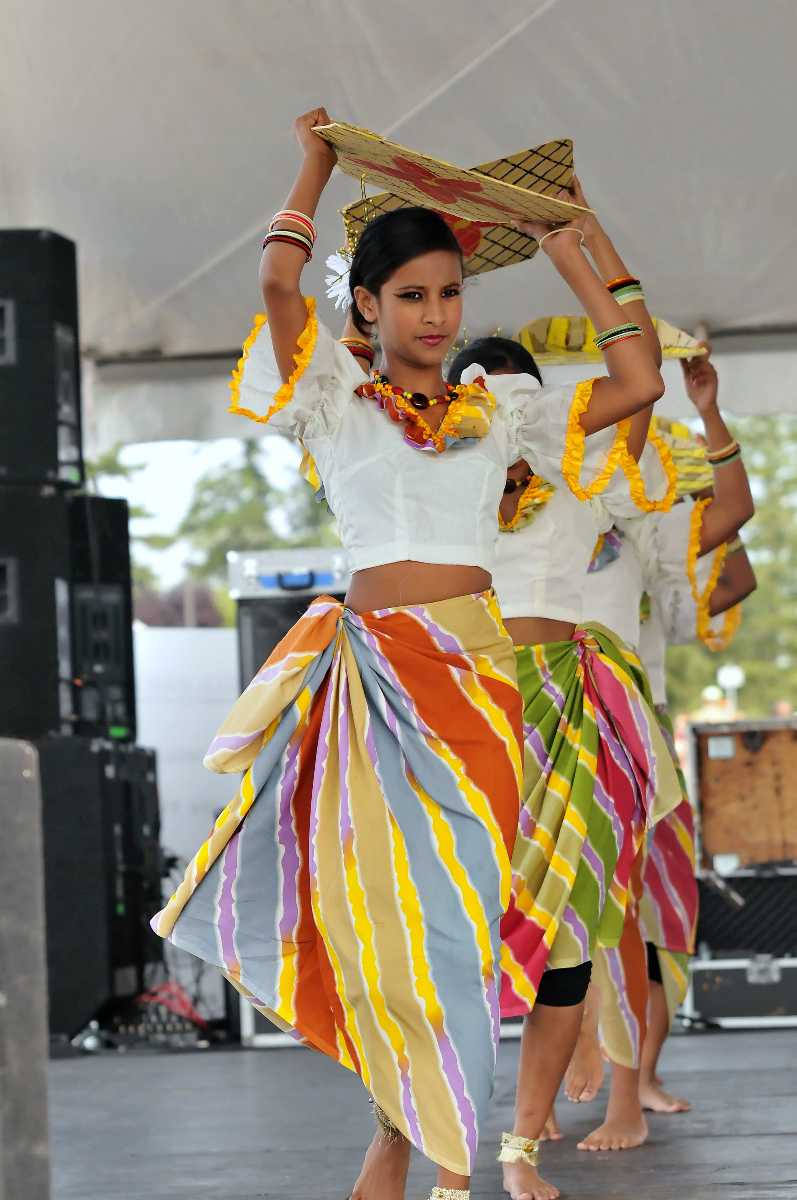 Sri Lanka is a country which boasts of its rich culture and tradition, and apart from the unique classical dances, there are also some folk dance forms which are characteristic of a particular region and period. Some of the famous folk dances include- Leekeli (stick dance), kalagedi (pot dance), raban (hand drum), and polkatu (coconut) which are prevalent even today.
Sri Lanka is a country which boasts of its rich culture and tradition, and apart from the unique classical dances, there are also some folk dance forms which are characteristic of a particular region and period. Some of the famous folk dances include- Leekeli (stick dance), kalagedi (pot dance), raban (hand drum), and polkatu (coconut) which are prevalent even today.6. Dance Drama
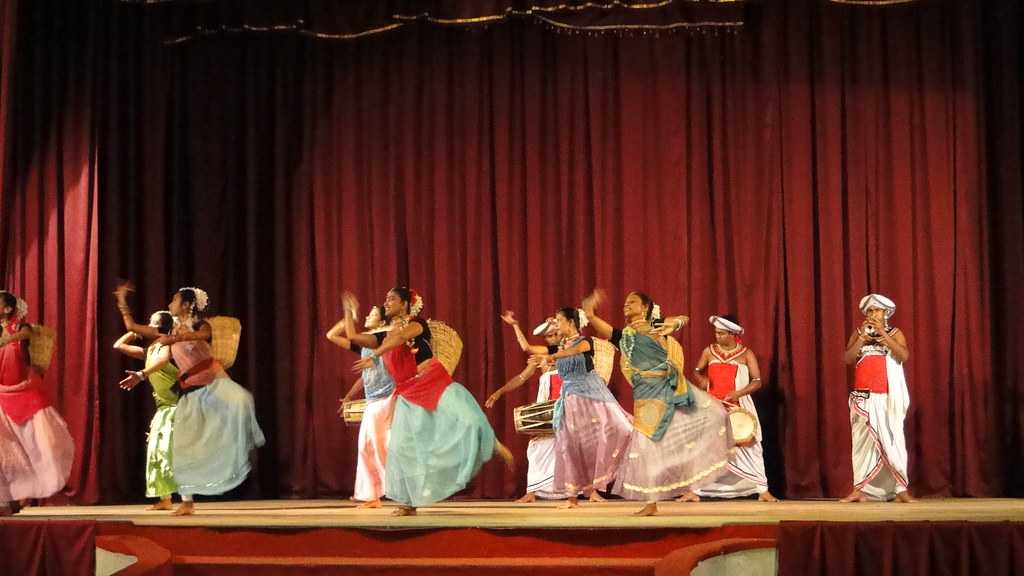 Sri Lanka also has a famous dance-drama called 'Kolam' which has its roots in the Jataka tales of Buddhism. Earlier plays used to last for an entire night; however, today the duration has been reduced to two to three hours. The play consists of the narrator who first introduces all the characters of the story, which is accompanied by a drummer. The Kolam is known to provide more social satire rather than being a ritual performance.
Sri Lanka also has a famous dance-drama called 'Kolam' which has its roots in the Jataka tales of Buddhism. Earlier plays used to last for an entire night; however, today the duration has been reduced to two to three hours. The play consists of the narrator who first introduces all the characters of the story, which is accompanied by a drummer. The Kolam is known to provide more social satire rather than being a ritual performance. Theatres To Watch Dances of Sri Lanka
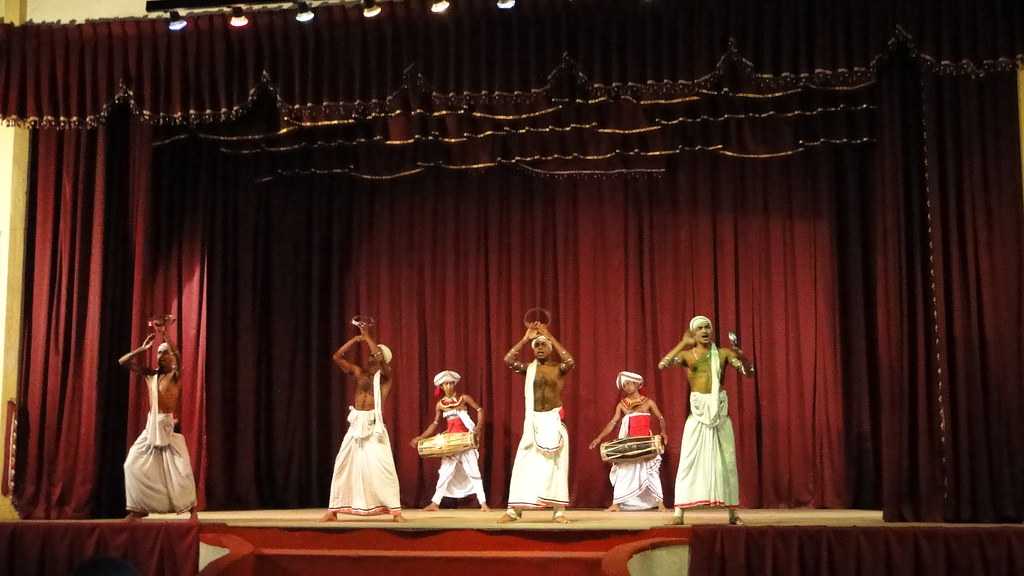 If you talk about the folk dances and ritual dances of the Sabaragamuwa style, and the Devil Dance, they are usually performed in the local areas or the villages to entertain the local people. However, sometimes, you may also find them at some theatres. Some of the famous theatres to watch the dances of Sri Lanka are:
If you talk about the folk dances and ritual dances of the Sabaragamuwa style, and the Devil Dance, they are usually performed in the local areas or the villages to entertain the local people. However, sometimes, you may also find them at some theatres. Some of the famous theatres to watch the dances of Sri Lanka are:- King George Hall (KGH) of the University of Colombo
- Navarangahala of the Royal College, Colombo
- Elphinstone Theatre and the Nelum Pokuna Mahinda Rajapaksa Theatre
- The Lionel Wendt Art Centre
- The Nelung Arts Centre
Comments
Post a Comment